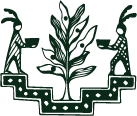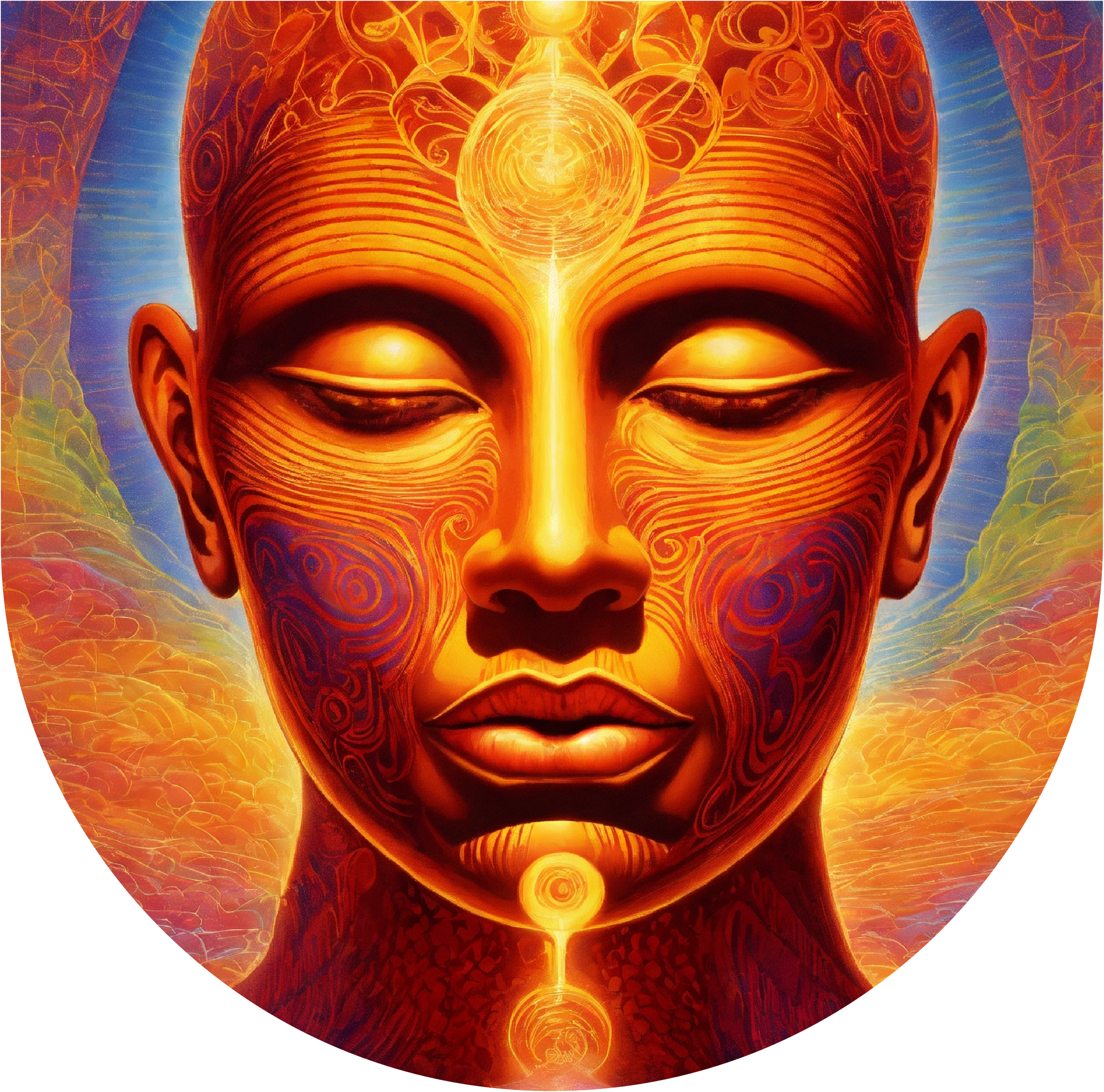What is Psychedelic Integration?
By Justin Levy
Psychedelics today live in a space unimaginable even a few years ago. They've retained their edge of danger and risk, yet also have mainstream acceptance due to the work of people like Michael Pollan and MAPS. With this surge in interest comes a career I never imagined would exist—the psychedelic integration specialist, of which I am now one thanks to Kat Courtney and the Plant Medicine People! If only I had an integration specialist when I was younger and exploring psychedelic experiences. Back then, I was left to figure things out on my own or rely on the wisdom of psychedelic pioneers from the 1960's and 1970's like Ram Dass and the Merry Pranksters.
So, what exactly does a psychedelic integration specialist do? At the most basic level, they help people “integrate” the things that came up in their journey, like painful emotions and traumas, along with the beautiful insights that psychedelics provide.
But exploring underneath this basic level of integration led me to more profound questions. Why does a psychedelic journey need to be “integrated” in the first place?
Isn't the content of these journeys parts of ourselves, our life and our history that have always been there? If so, how have they become hidden and overlooked? How and why did we start suppressing these parts of ourselves? What are the mechanisms that have led us to live such fractured, unintegrated lives?
Integrating Underneath the Mask: Culture, Identity, and the Shadow
When I kept looking, I discovered that living like this is a direct byproduct of our cultural norms, values and expectations. What we think of as our "self" is formed from the wider culture we live in, and from our particular family norms and expectations. This "self" is an identity that feels comfortable and safe, and eventually becomes the mask that we wear for our own particular in-group. Underneath that mask is a collection of unintegrated parts called the shadow.
As long as you play the game right for your particular group, and you don't let that mask slip you won't get booted out. Although it takes a tremendous amount of energy to maintain the mask, it's generally not safe to take off the mask in general society. Most people only explore it with specialists like their therapist or dominatrix.
The Limits of the Western Psychedelic Integration Model
This is where I take issue with the modern framework of psychedelic integration. The Western model is so hyper-individualistic and focussed on one's own special psychedelic “experience” that it misses the deeper cultural problem that our individual issues are just a reflection of.
For many people, the Western model is helpful because most people need to address their own trauma first before exploring this wider context. But I believe that a more mature relationship with psychedelics entails a shift in perspective, where integrating our own fractured self takes place in the wider web of life, where individual psychedelic integration leads to a transformation in cultural norms that encourages people to take the mask off a little.
Is Compartmentalization the Opposite of Integration?
The tension between these two models often comes up in my conversations with integration therapists. I’m struck by how many of them advocate for compartmentalization in their therapeutic practice. I always ask, "Isn't compartmentalization the opposite of integration?" How can you help someone integrate their fractured self if you’re operating from a place of fracture?
Creating “Safe Space” vs. Embracing Interconnectedness
In the modern therapeutic model, compartmentalization is seen as essential for creating a “safe space” for clients. If a therapist’s personal issues arise during a session, they’re encouraged to set them aside to avoid impacting the client. I understand the logic—keep your own struggles separate so the client can focus on their journey. But if psychedelics have taught me anything, it’s that these separations are ultimately illusions.
The integration I'm speaking of means recognizing the interconnectedness of all things, including our own “stuff", along with recognizing that our own stuff will naturally interact with others whether we set it aside or not.
Psychedelic Elders and the Search for Authenticity
These were the ideas that my old psychedelic heroes Ram Dass and the Merry Pranksters were obsessed with, and that I hear almost no one in psychedelic spaces talking about today.
Ram Dass and the “Good Psychiatrist” Game
Ram Dass told a story about being high on LSD and thinking about continuing his Psychiatric Doctoral work at Harvard. He saw that although he cared about treating his patients, he was also totally caught up in playing the "good psychiatrist" game. He knew how to wear the "right" clothes and talk about the "right" subjects in his lectures to get praise and validation for being a good doctor. He hungered for something more authentic, leading him to India, where he met his guru and found his spiritual path.
Integration That Goes Beyond the Self
My fear is that as psychedelics become more integrated into the mainstream, the individual-focused trauma model that fits seamlessly into our mainstream corporatized world will leave less room for the deeper, cultural questions that psychedelics put before us.
Integration isn’t a destination—it’s an ongoing dance with the self, the world, and everything in between. If you feel called to explore this world more deeply, I’d be honored to walk beside you. Learn more about my work or reach out here.
About the Author
Justin Levy has spent the majority of his life exploring the intersections of spiritual traditions and Plant Medicine, with a particular focus on kundalini. He started his own spiritual healing and integration practice (called Kundalini Mediumship) in 2009, based on decades of personal work with Ayahuasca and other plants, the spiritual tradition of Kashmir Shaivism, and the martial art of capoeira. His practice incorporates bodywork, movement and dance, and rhythm and song, with a particular emphasis on shadow work and integration. Justin has been teaching this medicine since 2011 and leading ceremonial work since 2020. His focus is on helping each person connect to and embody their own unique gifts and medicine within the context of tradition.

